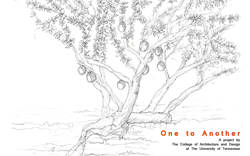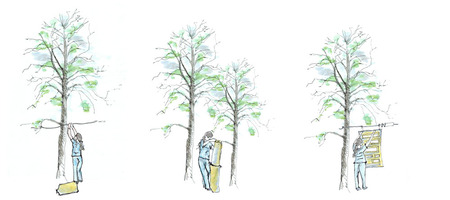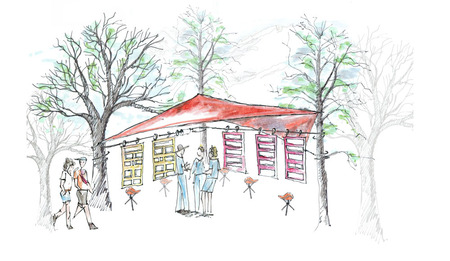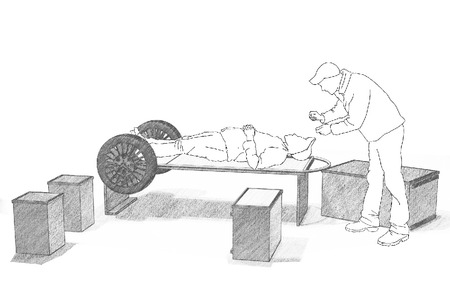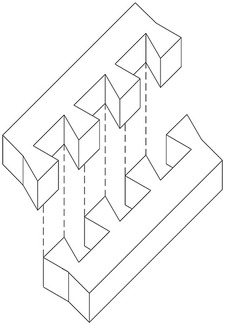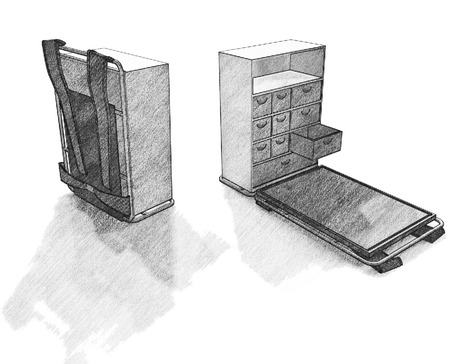Tree Clinic Medicine Mobile Unit
 Sunday, February 17, 2013 at 3:01PM
Sunday, February 17, 2013 at 3:01PM Poverty and the lack of basic life skills rather than microbes and parasites are the primary catalysts for the spread of infection and disease. Cuts, sores, and open wounds are left untreated and exposed to filth and flies. Among the Haitian people, inadequate sanitation, clean water, good hygiene, and basic first aid knowledge contributes to their suffering and death.
Tree Clinic Medicine is addressing these inequities. The key component to Tree Clinic Medicine's realization is the medical packs. Light-weight, durable, and compact in size, the medical packs permit medical volunteers access to remote villages in Haiti with essential medical supplies; and basic first aid and nutritional education.
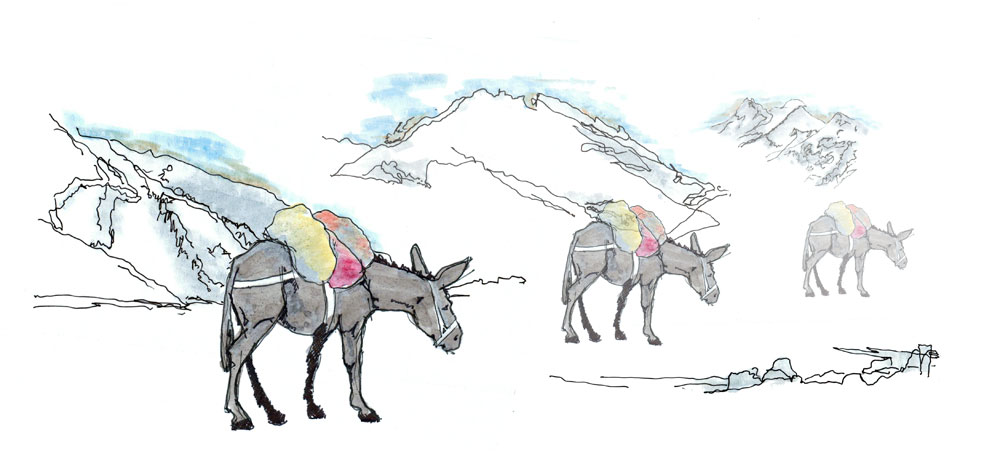
Donkeys with medical packs on the move.
Volunteer medical teams hike to remote village with donkeys to carry their medical supplies. Upon arrival the team tethers a rope between trees, remove the medical packs from their water proof sacks, and hang the packs from the tethered rope. The trees also provide shade for the staff and patients. In case of rain, a tap can be hung across the tethered rope and tied off at the corners.
Demonstration of set up
The manufacture of the packs could be an added source of income in Haiti. Donations could cover materials, labor, and eliminate the expense of shipping. On the back of each pack, local visual art would depict proper wound care and hygiene, facilitating volunteers with the language barrier and illiteracy. Donkeys and their owners (handlers) could be hired to transport supplies and teams, while helping provide a much needed service to their people.
Perspective of Tree Clinic Medicine
In critiquing this project, I should have used benches instead of the three legged stools. Folding benches would have been more practical, when pulled together they could have provided a flat surface for patients to lie on for medical exams. Folding benches could also provide additional seating for people waiting.
The area was too open. If I had designed the medical packs to zip together, this would have enclosed the space created more privacy and providing a more secure area for the medical supplies. I should have investigated colors more. My medical pack colors should have been green and white; colors associated with Haitian hospitals.
I thought that having the medical supplies and medicines together would be more convenient for the medical staff but I later found out that having the supplies and medicines together would create too much congestion in one area. They needed to be separated.
 Emmie Corgan
Emmie Corgan
I think that this is a great design for a compact design solution that complies with the culture of Haiti. The use of bags and tarps as a way to create and organize spaces when there is no built environment is a great idea. The bags could also be hung one right next each other to create a little more privacy.
 All-Terrain,
All-Terrain,  DOCTORS,
DOCTORS,  DONKEYS,
DONKEYS,  QUICK AND EASY SET-UP in
QUICK AND EASY SET-UP in  Mitzi Coker
Mitzi Coker 
